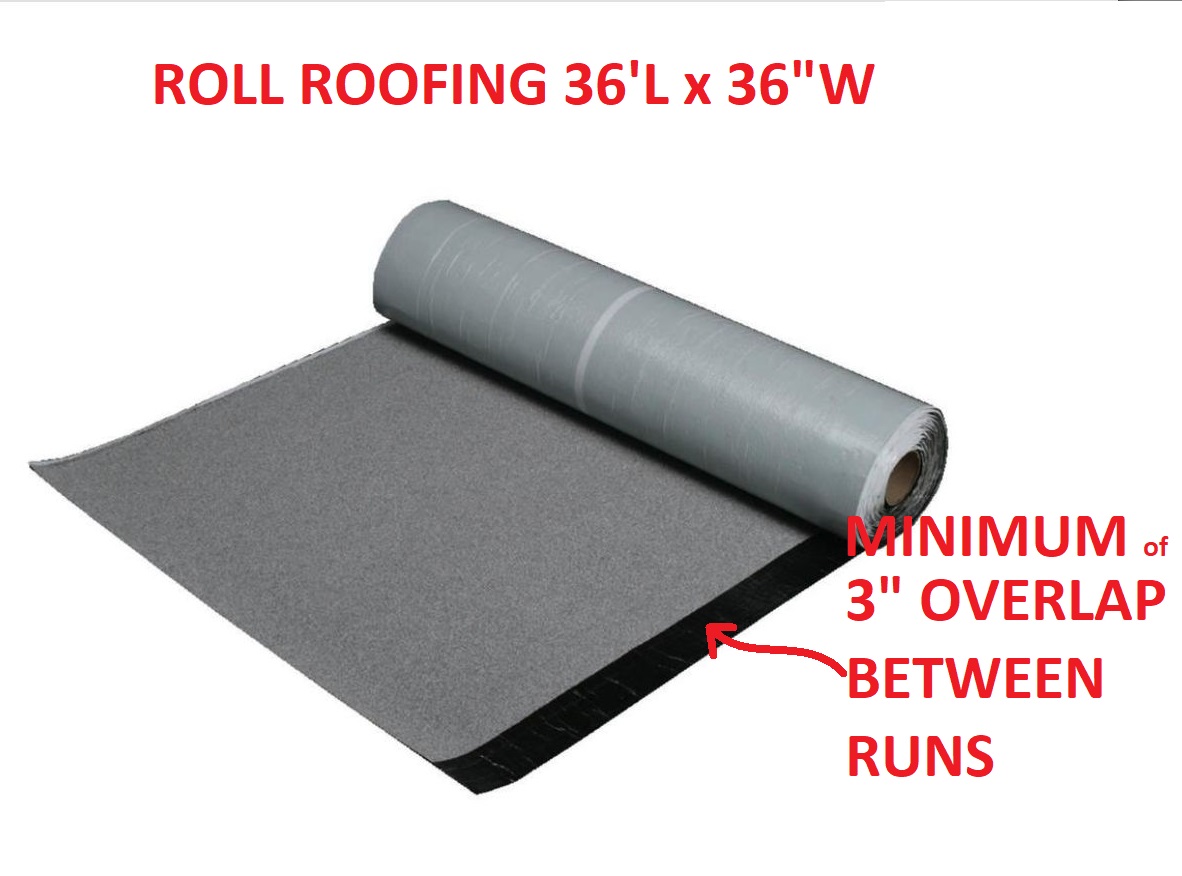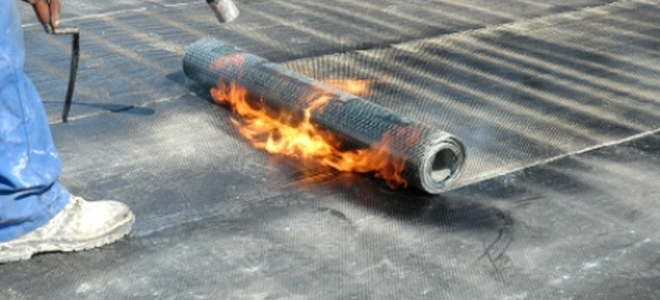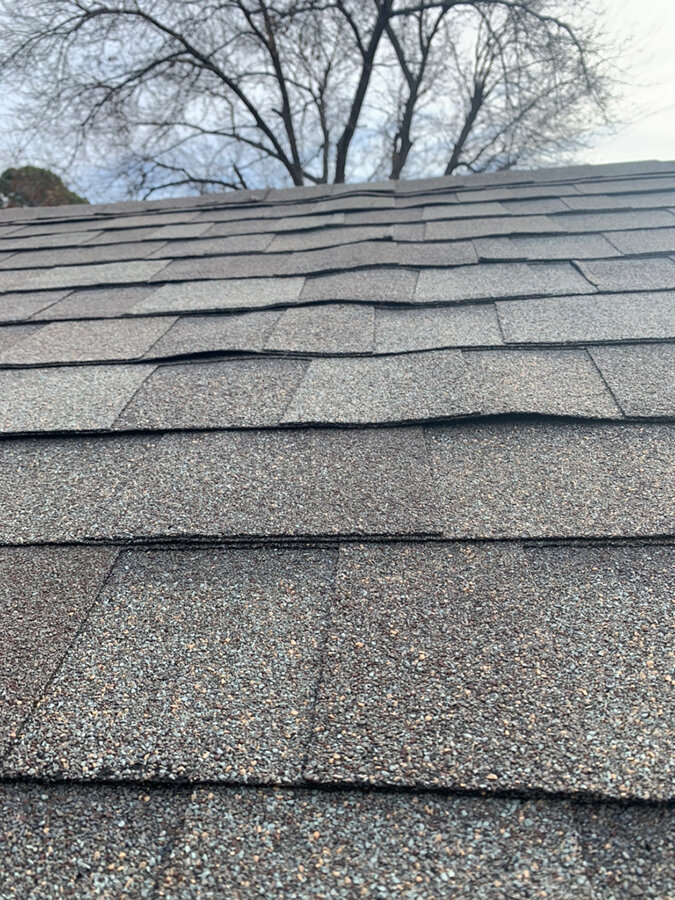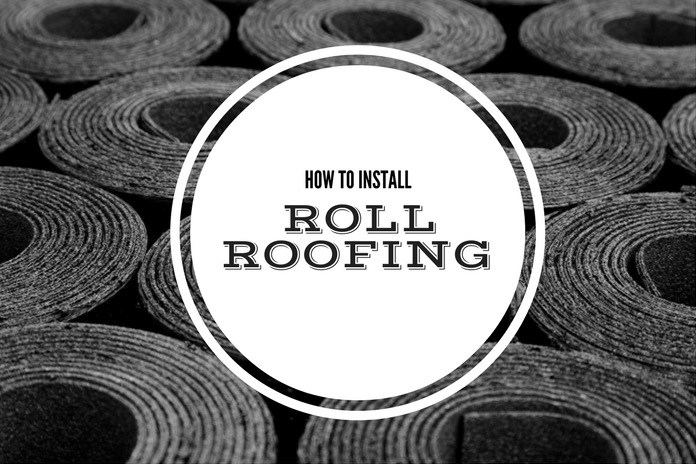Roll roofing is not very pliant or flexible in cold weather of fewer than 45 degrees fahrenheit and it can crack and break if it is manipulated while cold.
Installing roll roofing in cold weather.
Nails and adhesives are used to install rubber roofs and as we mentioned earlier freezing temperatures can hinder the performance of the nail gun.
Install drip edge flashings roofing felt and wsu if needed.
If it does have to be installed in cold weather cut it into 12 to 18 foot sheets and lay them flat inside a garage to warm up and flatten out.
Roll out the roofing sheets and lay them flat on the ground.
You can install metal valley flashing but it is common to simply apply an 18 inch wide strip of roll roofing instead.
Installing rubber roofs in cold weather in an ideal world rubber roofs shouldn t be installed when the temperature outside is below freezing.
If the roofing job needs to be done immediately due to leaks or wind damage lay a tarp over the damaged section of the roof or install temporary roofing.
Place bricks in the corner to keep it down and reduce resistance later.
Install roll roofing when the temperature is at least 50 degrees fahrenheit to keep the material from cracking.
Install a drip edge around the perimeter of the roof.
According to roofing construction estimating by daniel benn atcheson the best temperatures to install asphalt shingles is between 40 and 85 degrees f 4 and 26 degrees c.
To get the best results and to prevent breakage or softening of materials install roofing when the temperature is between 50 and 60 degrees f if at all possible.
This aluminum flashing protects the edges of the roof sheathing from water.
If you re doing this in the winter roll your roofing sheets out in a garage.
Install peel and stick roofing in a similar manner.
Instead of nailing it down you.
Cut the sections of flashing with tin snips as needed and nail.




























